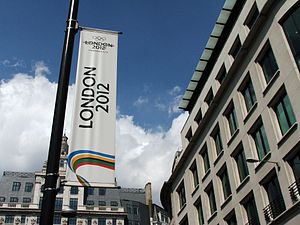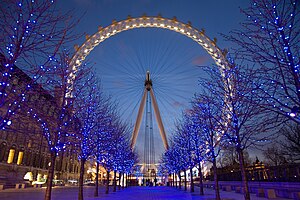The 2012 Olympics in London are going to be one of the most data and network intensive events in history. Much has changed in the four years since the last Olympics, and in addition to coping with the demands of the media, London’s infrastructure is going to be put under heavy load by the millions of mobile devices that will be using the its WIFI and 3G networks.
The specially constructed Olympic network was planned and built by BT and Cisco Systems. BT (Britain’s telecommunications giant) has laid approximately 3500 miles of new cable to provide the 60 gigabits per second of bandwidth that the network needs to accommodate. At the heart of the network are over 2000 Cisco switches, powering 1800 wireless access points and 16000 VoIP telephones. The switches are not cutting edge technology: the Olympic organizers were more concerned about reliability than being on the bleeding edge, so they opted for the tried and tested Catalyst 6500 Series, which has been around since the late 1990s.
For mobile users, the news is not quite so good. Inside the Olympic venues, the BT Wi-Fi network is designed to cope with up to 100,000 users (personal hotspots have been banned), and Virgin Media have installed high-bandwidth wireless into the underground stations, but outside of those locations the 3G network is likely to be hit hard, and probably won’t be able to cope at peak periods.
Of course, the media are going to be the most significant data users of the Games, and many more people are expected to stream the games to their mobile devices and PCs than in previous years. The BBC has estimated that the traffic may peak at 1 TB per second for live streaming of the most popular events.
Although the bulk of data usage during the Olympics will be media-related, athletes and their teams, seeking even split-second advantage over their competitors, are making heavy use of data analytics to tweak their performance. Mobile devices allow access to millions of data points during training, including competitor’s performance, technique, and historical trends. A particular athlete’s performance can be compared and critiqued in real-time.
One of the more curious uses of data analytics in the Games will be the use of the London Eye, an enormous Ferris wheel on the banks of the Thames, to display a pie chart of the country’s sentiment about the Olympics. A group of students at MIT developed an algorithm for assessing tweets to see if they carry a positive or negative sentiment about the games. The results will be displayed each evening as a light show on the iconic London landmark.



